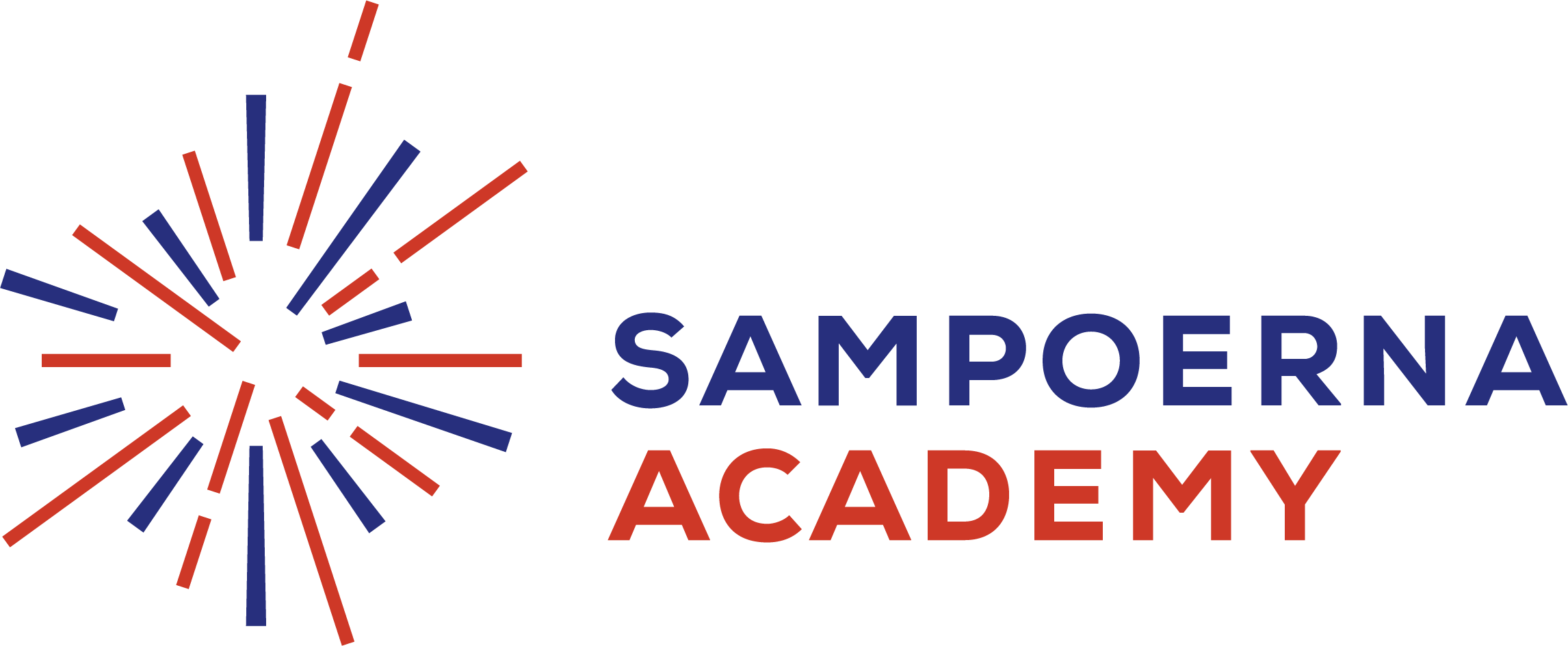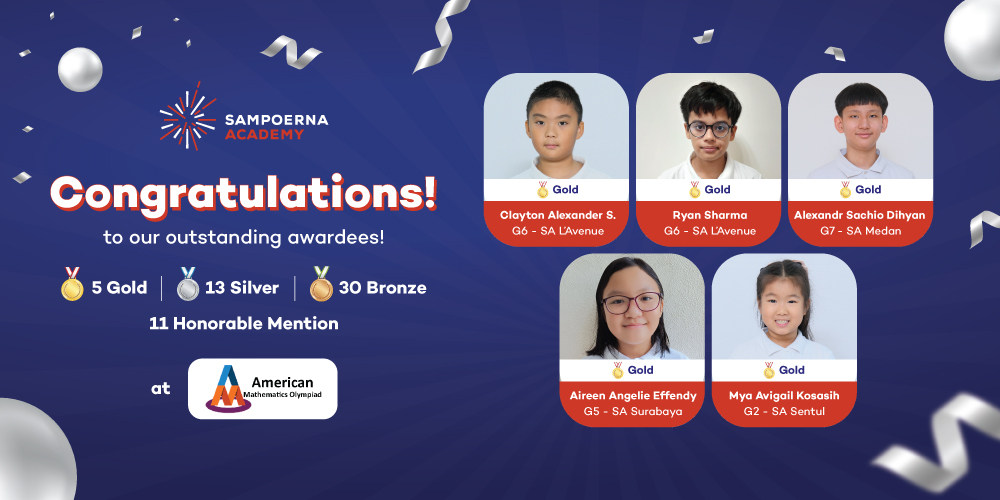Did you know that almost everything around us can be considered a 3D shape? In this article, we’ll learn about what three-dimensional (3D) shapes are, the different types of 3D shapes, and various formulas for finding the volume of those shapes.
Definition
3D shapes are a category of geometric shapes. In geometry, 3D shapes can be defined as solid figures or objects that have three dimensions—length, width, and height, unlike 2D shapes which only have a length and a width. 3D shapes have faces, edges, and vertices. They also have depth, so they occupy some volume.
3D shapes can be divided into two types: 3D shapes with curved faces and 3D shapes with flat faces. 3D shapes with curved faces include cones, spheres, and cylinders. Meanwhile, 3D shapes with flat faces include cubes, cuboids, pyramids, and prisms.
The Types of 3D Shapes

Let’s take a closer look at each of the 3D shapes mentioned above.
3D Shapes with Curved Faces
- Cone
Did you know that the cone you eat with your ice cream is a 3D shape? YES! Ice cream cones have a conical shape. A cone is a 3D shape that has a circular flat base and a curved surface. The curved surface is a sector of a circle.
Characteristics:
- Has two faces: one circular face (base) and one curved face (surface)
- Has one curved edge
- Has one “vertex” or pointed tip at the top
- Has no diagonal faces
Formulas:
Volume (V) = 1/3 x π x r2 x h
Total Surface Area (A) = (π × r²) + (π × r × l)
(r = radius, h = height, l = slant height)
- Sphere
A sphere is a 3D shape that consists of only a curved face. Because of its shape, a sphere has no edge and vertices. However, since it has a curved surface, it has a volume. One example of a sphere is the balls we use in sports, such as a soccer ball or a basketball.
Characteristics:
- Has only one curved face (surface)
- Has one center
- Has no edges, vertices, or diagonal faces
- Has a radius which is the distance between the center and the surface
Formulas:
Volume (V) = 4/3 × π × r³
Total Surface Area (A) = 4 × π × r²
(r = radius)
- Cylinder
A cylinder is a 3D shape that has two circular flat faces of the same size and one curved face. Some examples of cylinders are soda cans, milk cans, and a snare drum. A cylinder and a cone have something in common: both have circular flat bases. However, a cylinder has two while a cone has one. Moreover, a cylinder’s curved surface is a rectangle while a cone’s curved surface is a part of a circle.
Characteristics:
- Has three faces: two flat faces, one at the top and one at the bottom, and a curved surface which is a rectangle
- Has no vertices
Formulas:
Volume (V) = π × r² × h
Total Surface Area (A) = (2 × π × r²) + (2 × π × r x h)
(r = radius, h = height)
Also read: Newton’s Laws of Motion: Definition, Elements, and Examples
3D Shapes with Flat Faces
- Cube
A cube is a 3D shape that has six flat faces of the same size, twelve edges of equal length, and eight vertices. A cube’s flat faces are all square-shaped. Two examples of cubes are dice and Rubik’s cubes.
Characteristics:
- Has six square-shaped flat faces
- Has twelve edges of equal length
- Has eight vertices
- Has diagonal faces that are rectangle-shaped
Formulas:
Volume (V) = a x a x a
Total Surface Area (A) = 6 x (a x a)
(a = side length)
- Cuboid
A cuboid is a 3D shape that consists of two square-shaped flat faces and four rectangular-shaped flat faces positioned perpendicular to each other. All opposite faces of a cuboid have the same size, unlike a cube of which all flat faces are of the same size. Some examples of a cuboid in our lives are pencil cases, wardrobes, and refrigerators.
Characteristics:
- Has two pairs of rectangle-shaped flat faces
- Has eight parallel edges of equal length as shown by the configuration: AE = BF= CG = DH and AB = CD = EF = GH (each letter represents a vertex)
- Has two pairs of space diagonals of the same size as shown by the configuration: ABFE = DCGH and BCFG = ADHE
- Has diagonal faces that are rectangle-shaped
Formulas:
Volume (V) = l x w x h
Total Surface Area (A) = 2 x (lw x wh x lh)
(l = length, w = width, h = height)
- Pyramid
A pyramid is a 3D shape that has a flat face as a base and a pointed tip at the top. There are several types of pyramids: a triangular pyramid, a rectangular pyramid, a pentagonal pyramid, and others. A pyramid with a square-shaped base is called a pyramid while a pyramid with a circular base is called a cone. An example of a pyramid is the pyramids in Egypt.
Characteristics:
- Has a flat face as a base (can be triangular, rectangular, pentagonal, etc.) and triangular surfaces as many as the edges of its base
- Has n+1 faces (n = number of edges of its base)
- Has n+1 vertices (n = number of edges of its base)
- Has 2n edges (n = number of edges of its base)
Formulas:
Volume (V) = 1/3 x (l x w x a)
Total Surface Area (A) = Base Area + (1/2 × Perimeter × Slant Height)
(l = length, w = width, h = height)
- Prism
A prism is a 3D shape that has two flat faces, as a base and a top, which have the same shape and size, and congruent rectangular surfaces. Some examples of everyday items in the shape of a prism include house roofs and camping tents.
Characteristics:
- Has n+2 faces (n = number of edges of its base)
- Has 2n vertices (n = number of edges of its base)
- Has two congruent flat faces as a base and a top
Formulas:
Volume (V) = Base Area x Height
Total Surface Area (A) = (2 × Base Area) + (Perimeter × Height)
So, we’re done with our geometric 3D shapes A-Z. Want to learn more elementary-level mathematics through an international curriculum and a STEAM-based approach? Join Sampoerna Academy! For more information, get in touch with us here [link].
For further information regarding registration, curriculum, visits, and information about Sampoerna Academy, please fill in the data below.
[formidable id=7]
Reference





